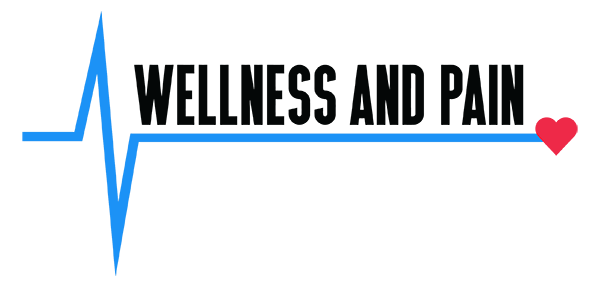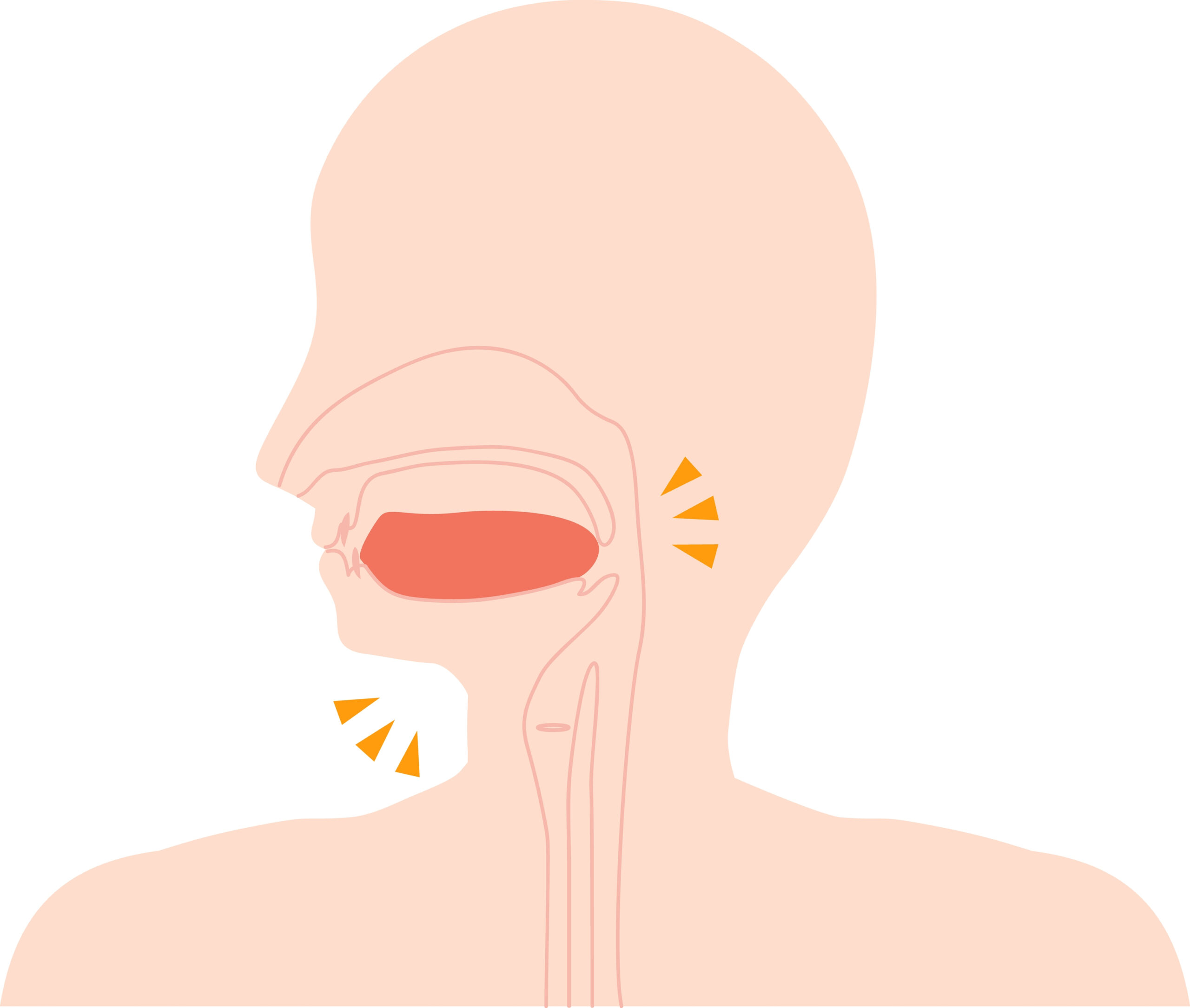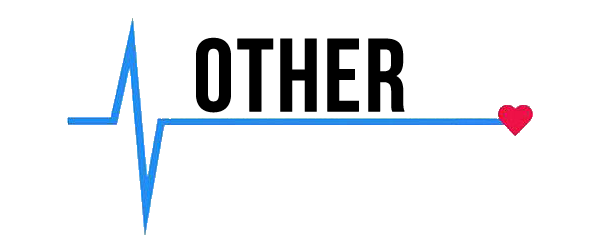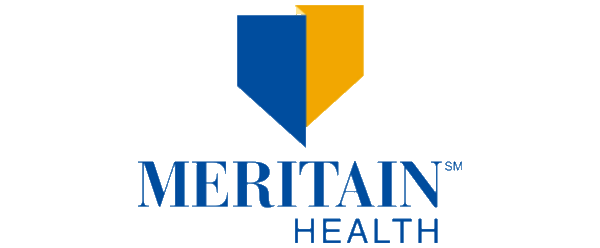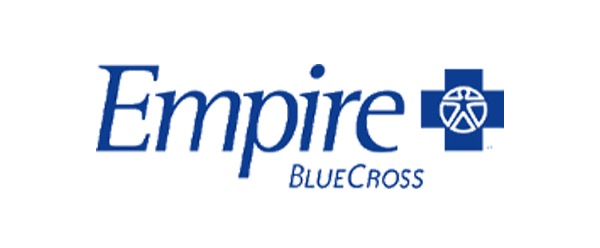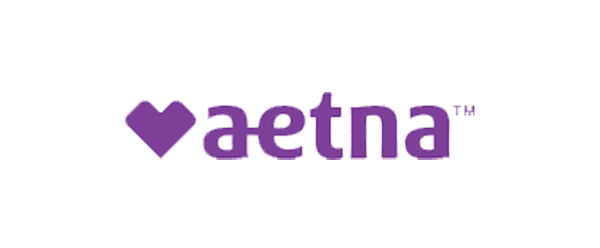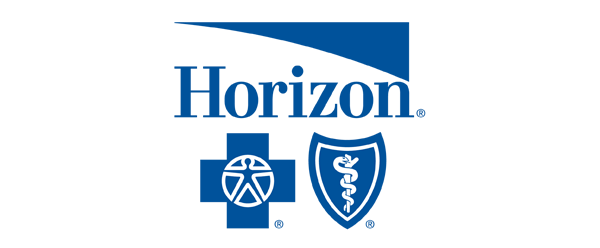Figuring out if sleep apnea affects you is much easier now, thanks to a quality sleep apnea test kit. These small, comfortable gadgets track essential metrics like breathing patterns and oxygen levels as you sleep, helping to spot issues without the need to visit a sleep lab.
Designed to notice any breathing pauses or drops in oxygen, these kits make it simple to check for Obstructive Sleep Apnea from the comfort of your own bed, free from wires or hospital beds. By collecting important overnight health data, these kits can reveal the severity of any potential problem, making early action possible and potentially life-changing.
“Most people can sleep well with the device in place,” states The University of Tennessee Medical Center. “You may find it a bit strange at first, but most people do not find it uncomfortable or an obstacle to falling asleep. You will need to sleep with the monitor all night.”
However, an oral appliance might also be the perfect solution. This custom-fitted mouthpiece works by gently repositioning your jaw, keeping your airway open throughout the night and ensuring you get the oxygen your body needs. By doing so, it can significantly reduce your risk of serious health issues like heart attacks and strokes.
Exploring all your options is important.
Sleep Apnea Test Kit Comparison Types
This side-by-side analysis will help you weigh the technical capabilities, diagnostic reach, and practical considerations of each sleep apnea test kit option. While HSATs offer distinct advantages in comfort and cost, it’s crucial to understand their limitations.
They may not be suitable for everyone, especially if you have a complex medical background or if your doctor suspects sleep disorders beyond just breathing issues. By understanding the data each test collects and the conditions it can reliably diagnose, you’ll be better equipped to discuss the best diagnostic path with your healthcare provider.
| Feature | In-Lab Polysomnography (PSG) (Type 1) | HSAT Type 2 | HSAT Type 3 | HSAT Type 4 |
| Setting | Sleep Lab (attended by technologist) | Home (unattended) | Home (unattended) | Home (unattended) |
| Key Measurements | EEG, EOG, Chin EMG, Leg EMG, ECG, SpO2, Airflow, Respiratory Effort, Body Position, Snoring, Digital Video | EEG, EOG, Chin EMG, ECG, SpO2, Airflow, Respiratory Effort, Snoring, Body Position | Respiratory Effort, Airflow, SpO2, Heart Rate, (up to 7 variables including PAT, body movement, snoring, chest motion) | SpO2, Heart Rate (minimum 1 channel such as oxygen, flow, or chest movement) |
| Sleep Staging | Recommended | Recommended | — | — |
| Primary Diagnostic Focus | OSA, CSA, Narcolepsy, PLMS, Insomnia, Parasomnias, Seizures, other sleep disorders | OSA, other sleep disorders (similar to PSG, but unattended) | Primarily OSA, cannot diagnose other sleep disorders directly | Primarily OSA, cannot diagnose other sleep disorders directly |
| AHI vs. REI | AHI (based on Total Sleep Time) | AHI (based on Total Sleep Time) | REI (based on Total Recording Time) | REI (based on Total Recording Time) |
| Cost (Relative) | High ($2,500 – $5,000) | High (similar to PSG) | Medium (more affordable than PSG) | Low (most affordable, such as $220 – $350) |
| Comfort/Convenience | Lower (unfamiliar environment, many wires) | High (home environment) | High (home environment, less bulky) | Very High (minimal sensors, wrist-mounted) |
| Accuracy for OSA | Gold Standard, very high | High, comparable to PSG | High sensitivity (81-95%), moderate specificity (66-100%) for OSA | Lower accuracy, primarily screening |
| False Negative Rate (Adults) | Low | Low | Approximately 10% (can be higher for mild OSA) | Higher (especially for mild/moderate OSA) |
| Ability to Detect Wakefulness | Yes (EEG) | Yes (EEG) | No (measures TRT, not TST) | No (measures TRT, not TST) |
| Need for Physician Prescription | Yes | Yes | Yes | Yes (often) |
| Overnight Support | Yes (technologist present) | No (unattended) | No (unattended) | No (unattended) |
| Suitable for Complex Comorbidities | Yes | Yes | No (limited evidence for accuracy) | No (limited evidence for accuracy) |
The HSAT Protocol: From Consultation to Results
Getting started with a sleep apnea test kit, or Home Sleep Apnea Test (HSAT), typically begins with a conversation with your doctor, who needs to give you the go-ahead. Once cleared, you’ll receive a small device to use at home, complete with clear instructions on how to use it.
Although the sensors might look a bit strange, putting them on is usually quite simple. You’ll wear the setup for one night in your own bed, without changing your usual sleep habits. This approach ensures the results accurately reflect your typical sleep routine.
Some tests require you to wear the sensors for at least four hours without major interruptions. You might also be asked to jot down notes about your sleep and wake times, or if you experienced anything unusual. The next day, your results are sent electronically to a sleep expert, who will analyze your data to determine if sleep apnea is an issue and provide clear advice on the next steps.
Newer kits often include disposable parts, eliminating the need to return equipment. You can simply use the single-use pieces, dispose of them, and then wait for your doctor to provide your results, making the entire process less of a hassle.
“On the day of your study, do not eat or drink caffeinated products (coffee, tea, chocolate, soda) past 12 pm. Do not drink alcoholic beverages,” according to Northwestern Medicine. “Avoid use of excessive hair styling products (hairspray, gel, etc), makeup and body creams. Remove acrylic nails and nail polish from index fingers. Unless told otherwise, take all prescription medications as instructed by your physician.”
Classifying a Sleep Apnea Test Kit and Understanding Types
Any sleep apnea test kit varies in the amount of information it collects. The American Academy of Sleep Medicine categorizes these tests based on how many parameters they measure, which helps individuals understand each test’s capabilities, limitations, and the level of detail provided in the results.
Type 2 tests gather the most comprehensive data available for home use, recording almost everything a full in-lab sleep study would. This includes details like brain waves, eye movement, chin muscle movement, heart rate, breathing, and oxygen levels, providing a vast amount of information about your sleep health even though you’re at home and without a technician present.
Type 3 devices are more common and consistently record at least four key signals: breathing effort, airflow, heart rate, and oxygen levels; some can even measure additional factors like body position or snoring. These tests are frequently chosen because they offer sufficient information without being overly complicated, utilizing several sensors for increased accuracy compared to simpler tests.
The combination of ease of use, portability, and reliability has made Type 3 tests particularly popular and widespread in home sleep apnea testing today.
Exploring Type 4 HSATs and Diagnostic Distinctions
Experimenting with the 4 HSAT sleep apnea test kit is the most basic, typically measuring just one parameter such as oxygen, heart rate, airflow, or chest movement. Despite providing minimal data, these pared-down devices are gaining popularity due to their ease of use and often lower cost.
A significant distinction exists between HSATs (like Types 3 and 4) and a full in-lab sleep test: only the lab test monitors brainwaves, meaning home tests cannot accurately determine total sleep time or sleep quality. This inability to differentiate between awake and sleep states during the recording makes a substantial difference in interpretation.
Fewer channels inherently mean less information. Due to these data gaps, home tests report results using the Respiratory Event Index (REI), which counts breathing issues for the entire duration the device was worn, not just during actual sleep.
In contrast, an in-lab test can focus specifically on issues occurring during sleep, meaning a home test might underestimate the true severity of sleep apnea if, for example, a person is awake but still experiencing abnormal breathing. This difference in counting methodology is crucial, as it can significantly influence how your doctor assesses your condition.
Individuals using a home sleep test should be aware that the device may not capture all the intricacies of their sleep patterns, potentially misrepresenting sleep length and quality. This information gap could lead to a different treatment plan than one derived from an overnight in-lab study, highlighting the importance of understanding what these numbers truly represent.
Sleep Apnea Test Kit Core Technologies
Your typical sleep apnea test kit device utilizes sensors to gather important data. A pulse oximeter, which fits on your finger, monitors your oxygen levels and heart rate; drops in oxygen frequently signal breathing pauses during sleep.
Respiratory effort sensors, appearing as straps around your chest or belly, track the effort of your breathing and its rise and fall as you sleep. This data helps doctors determine if your airway is blocked or if your brain is failing to signal your body to breathe. While home tests are excellent for detecting common problems, they typically cannot confirm certain rare conditions.
A nasal cannula, placed in your nose, checks airflow during inhalation and exhalation. Some setups also include a tiny microphone near your chest or neck to listen for snoring, a key indicator of sleep apnea.
All these sensors connect to a small, pocket-sized device that records everything and is easily started or stopped with a simple button.
“What happens after I do my home sleep test? Your doctor reviews the data collected from the home sleep apnea test and makes a treatment plan based on your health history,” states the American Academy of Family Physicians. “Staying at a healthy weight and being active are important for treating sleep apnea. By taking your prescribed medicines, controlling your weight, getting aerobic exercise, and doing your best to follow your sleep apnea treatment plan, you can take care of your heart so that it can take care of you.”
Advanced Innovations and Better Patient Experiences
Sleep apnea test kit gear has evolved, with companies striving to make sleep tests less cumbersome by addressing the common dislike for wires and straps associated with older devices. Some newer devices, for instance, utilize Peripheral Arterial Tone (PAT) technology, which monitors blood changes in your finger to effectively identify breathing issues during sleep.
The WatchPAT, for example, eliminates the need for chest bands or nose tubes, significantly improving user comfort. This device boasts an 89 percent agreement with lab results and a 98 percent success rate in data tracking, clearly prioritizing user comfort in its design.
Modern HSAT devices are becoming increasingly compact each year, allowing users to sleep comfortably in any position with minimal awareness of the attached equipment. Some even connect directly to smartphone apps via Bluetooth, enabling users to track their results effortlessly, which greatly simplifies the process of identifying early sleep issues.
This increased comfort and ease of use contribute to higher test completion rates. Companies have responded to feedback emphasizing comfort as a crucial factor for adherence to home testing.
The integration of AI and machine learning is now handling significant portions of sleep data, enhancing accuracy and assisting in suggesting treatment plans, a development that might seem like science fiction. Eventually, these devices might even be able to detect problems during a user’s regular daily activities.
However, there’s a major caveat: automated results are not flawless. The technology can sometimes confuse genuine signals with noise; for example, a loud heartbeat might be misinterpreted as snoring by a computer, leading to potential inaccuracies. Therefore, human expertise remains vital, as real experts are still needed to double-check every report, ensuring accurate diagnoses and preventing machines from working autonomously.
The proliferation of wearable technology, such as smart rings or fitness trackers that assess sleep and breathing, is further advancing HSAT. Devices like the Belun Ring or BodiMetrics Circul Pro integrate seamlessly into daily routines, providing a gentle prompt for individuals to monitor their health before issues escalate.
Navigating Sleep Apnea Test Kit Accuracy and Limitations
While a sleep apnea test kit provides convenience, allowing individuals to avoid hospital visits and sleep in their own beds, it is not without limitations. These tests do not match the thoroughness of in-lab studies, picking up fewer details.
More importantly, Type 3 and 4 home tests do not track brain waves, meaning they cannot distinguish between being truly asleep and simply lying awake in bed. This distinction is vital because it affects how sleep apnea severity is calculated.
Instead of measuring only events during actual sleep, these devices record every minute they are worn, which can lead to a lower, potentially misleading, severity score. For example, if someone is awake for half the night, those awake periods are still factored into the calculation, potentially obscuring the true extent of the issue.
Experts have addressed this by recommending the Respiratory Event Index (REI) for home tests, though this method may still underestimate the severity of sleep apnea. It’s not uncommon for individuals to receive a “clear” result from a home test while their symptoms persist, necessitating further testing. Research even indicates that this recalculation method can make individuals appear less ill than they truly are.
False negatives are a concern, with approximately one in ten people with sleep apnea receiving misleadingly clean results from a home test, often due to equipment failure, improper setup, or simply a restless night. There are numerous anecdotes of home tests missing conditions later diagnosed in a hospital setting.
Furthermore, home devices are designed to detect only breathing-related sleep disorders. If you suspect conditions like narcolepsy, insomnia, or restless legs syndrome, a home test will be insufficient, as these require brain wave monitoring for accurate diagnosis, a capability exclusive to hospital-based sleep studies.
There’s a clear trade-off: at-home testing offers greater accessibility and lower cost but sacrifices finer details about overall sleep quality.
From Suspicion to Solution and Best Practices
Even with the increased accessibility of today’s sleep apnea test kit, obtaining a sleep apnea diagnosis still requires careful planning, beginning with a discussion with your doctor to review all your symptoms and health history.
Many doctors use the STOP-BANG checklist, which stands for Snoring, Tiredness, Observed stopping of breathing, high Blood Pressure, BMI over 35, Age over 50, Neck size over 16 inches, and being Male. It assesses your risk and determines if an HSAT is appropriate, as these tests generally work best for adults at higher risk of moderate or severe sleep apnea.
After completing the test, a sleep physician will review the data, with results typically available within one to two weeks. A clear result can lead to a prompt diagnosis and initiation of treatment.
However, if results are inconclusive or don’t align with your symptoms, your doctor might recommend a more detailed in-clinic sleep study. Just know that insurance providers may sometimes require two at-home tests first, which can extend the timeline.
Historically, diagnosing sleep apnea involved numerous appointments and equipment providers, often stretching over months and delaying essential care. Today, some clinics have significantly streamlined this process, reducing the wait from initial consultation to home test to under two weeks, with some patients starting therapy within eight days of receiving their results.
This can greatly improve treatment adherence and your health.
Making Sure Your Sleep Apnea Test Kit is Successful
Nonetheless, to guarantee your sleep apnea test kit is successful, meticulously follow all instructions provided in the package, paying close attention to sensor placement and device activation. Even minor errors, such as misplacing a sensor or losing it in your bedding, can invalidate the test; watching a video guide can be very helpful.
Maintain your normal routine before the test: go to bed at your usual time, sleep in your regular position, and avoid planning major events or late nights beforehand to ensure the results accurately reflect your typical sleep. Aim for at least four hours of recording time, and if you wake up during the night, leave the device on.
For comfort, wear the belts over pajamas rather than directly on bare skin, and if the finger sensor causes discomfort, move it to another finger. Make sure all straps are snug but do not restrict breathing or circulation.
Additionally, avoid alcohol or caffeine before bed, as these can interfere with your sleep and alter results. Make sure that body sprays or hair gels can disrupt sensors, so keep your skin clean and dry. If you have a partner, enlist their help; they can double-check sensor placement, activate the device, and provide valuable anecdotal information about your sleep, such as gasping or snoring.
Finally, always provide your doctor with a complete and honest account of your symptoms, health issues, and any events that occurred during the test, as this transparency is crucial for a swift and accurate diagnosis leading to appropriate care.
Oral Appliance Therapy is a Quiet Solution
An oral appliance is a custom-fitted mouthpiece designed to increase oxygen flow in your body by gently repositioning your jaw to keep your airway open during sleep – different than your typical sleep apnea test kit . This non-invasive treatment can significantly reduce the risks of heart attacks and strokes often associated with sleep apnea.
One of the greatest benefits of oral appliances is that they eliminate the need for a CPAP machine, meaning:
- No noise to disrupt your sleep or your partner’s.
- No plugs or cumbersome electrical cords.
- The freedom to sleep in any position you find comfortable.
Oral appliances are also easy to travel with, making them a convenient choice for those on the go. By effectively treating your sleep apnea, these devices can stop snoring and alleviate daytime fatigue, helping you increase your energy and ultimately get better, more restorative sleep.
Wellness and Pain
Find your personalized sleep apnea test kit by visiting Wellness and Pain. We offer conservative treatments, routine visits, and minimally invasive quick-recovery procedures. We can keep you free of problems by providing lifestyle education and home care advice.
This enables you to avoid and manage issues, quickly relieving your inhibiting lifestyle conditions when complications arise. We personalize patient care plans based on each patient’s condition and unique circumstances. Wellness and Pain can help improve wellness, increase mobility, relieve pain, and enhance your mental space and overall health.
